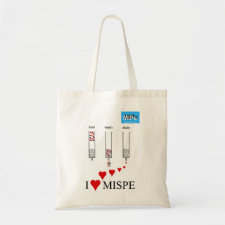
Authors: Holthoff EL, Li L, Hiller T, Turner KL
Publication date: 2015
Article title: A molecularly imprinted polymer (MIP)-coated microbeam MEMS sensor for chemical detection.
Page numbers: 94550W-945514
DOI: 10.1117/12.2179694
Editors: Fountain AW
Publisher: SPIE
Volume number: 9455
Conference information: Chemical, Biological, Radiological, Nuclear, and Explosives (CBRNE) Sensing XVI
Abstract: Recently, microcantilever-based technology has emerged as a viable sensing platform due to its many advantages such as small size, high sensitivity, and low cost. However, microcantilevers lack the inherent ability to selectively identify hazardous chemicals (e.g., explosives, chemical warfare agents). The key to overcoming this challenge is to functionalize the top surface of the microcantilever with a receptor material (e.g., a polymer coating) so that selective binding between the cantilever and analyte of interest takes place. Molecularly imprinted polymers (MIPs) can be utilized as artificial recognition elements for target chemical analytes of interest. Molecular imprinting involves arranging polymerizable functional monomers around a template molecule followed by polymerization and template removal. The selectivity for the target analyte is based on the spatial orientation of the binding site and covalent or noncovalent interactions between the functional monomer and the analyte. In this work, thin films of sol-gel-derived xerogels molecularly imprinted for TNT and dimethyl methylphosphonate (DMMP), a chemical warfare agent stimulant, have demonstrated selectivity and stability in combination with a fixed-fixed beam microelectromechanical systems (MEMS)-based gas sensor. The sensor was characterized by parametric bifurcation noise-based tracking
Template and target information: TNT, dimethyl methylphosphonate, DMMP



Join the Society for Molecular Imprinting

New items RSS feed
Sign-up for e-mail updates:
Choose between receiving an occasional newsletter or more frequent e-mail alerts.
Click here to go to the sign-up page.
Is your name elemental or peptidic? Enter your name and find out by clicking either of the buttons below!
Other products you may like:
 MIPdatabase
MIPdatabase









